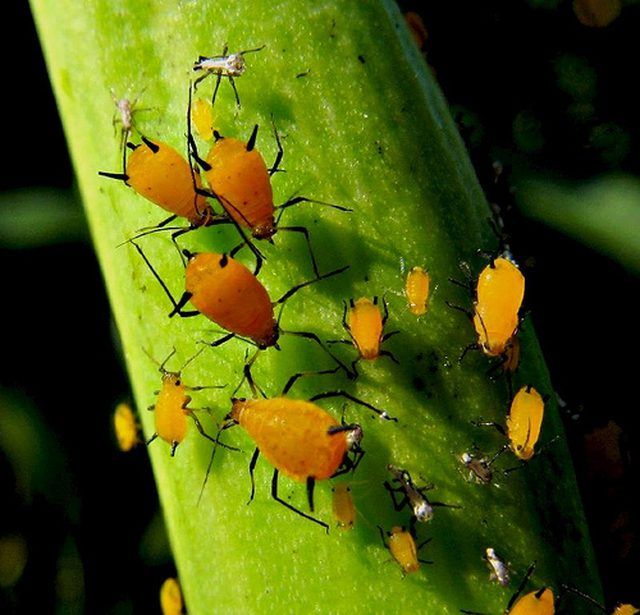Bulbs
Flower Basics
Flower Beds & Specialty Gardens
Flower Garden
Garden Furniture
Garden Gnomes
Garden Seeds
Garden Sheds
Garden Statues
Garden Tools & Supplies
Gardening Basics
Green & Organic
Groundcovers & Vines
Growing Annuals
Growing Basil
Growing Beans
Growing Berries
Growing Blueberries
Growing Cactus
Growing Corn
Growing Cotton
Growing Edibles
Growing Flowers
Growing Garlic
Growing Grapes
Growing Grass
Growing Herbs
Growing Jasmine
Growing Mint
Growing Mushrooms
Orchids
Growing Peanuts
Growing Perennials
Growing Plants
Growing Rosemary
Growing Roses
Growing Strawberries
Growing Sunflowers
Growing Thyme
Growing Tomatoes
Growing Tulips
Growing Vegetables
Herb Basics
Herb Garden
Indoor Growing
Landscaping Basics
Landscaping Patios
Landscaping Plants
Landscaping Shrubs
Landscaping Trees
Landscaping Walks & Pathways
Lawn Basics
Lawn Maintenance
Lawn Mowers
Lawn Ornaments
Lawn Planting
Lawn Tools
Outdoor Growing
Overall Landscape Planning
Pests, Weeds & Problems
Plant Basics
Rock Garden
Rose Garden
Shrubs
Soil
Specialty Gardens
Trees
Vegetable Garden
Yard Maintenance
What Is Honeydew?
What Is Honeydew?. Honeydew is a clear, sticky secretion from a variety of sap-feeding insects (Homoptera Order). Dripping off the insects, cars, benches and other plants below become a sticky mess. Honeydew is often mistaken for tree sap.
Honeydew is a clear, sticky secretion from a variety of sap-feeding insects (Homoptera Order). Dripping off the insects, cars, benches and other plants below become a sticky mess. Honeydew is often mistaken for tree sap.
Honeydew
Sap-sucking insects feed on the leaves of shrubs and trees. Sap is high in sugar and low in nitrogen. In order to get enough nitrogen, the insects consume too much liquid and sugar. The excess sugar is secreted as a waste product called honeydew. This excess sugar draws insects such as flies, ants, and bees.
Insect Producers
Several varieties of insects produce honeydew. Common ones include: aphids, mealybugs, soft scales, leafhoppers, whiteflies and psyllids. Both immature and adult stages of these insects secrete honeydew. They excrete an amount of honeydew several times their body weight.

Insect Harvesters
Honeybees and ants harvest honeydew from sap-feeding insects. Ants use honeydew as an important food source. As a result, ants protect sap-feeding insects from predators. The presence of ants may indicate an infestation of sap-feeding insects. Honeybees process honeydew into a dark, strong-tasting honey.
Sooty Mold
A black fungus grows on the surface of honeydew. The dark fungal strands looks as if the object is covered with a layer of soot thus the name Sooty Mold. This dark fungus interferes with photosynthesis thus stunting plant growth. Severe coverage can cause premature leaf drop
Elimination
Control begins with elimination of the honeydew producing insects. Horticultural oils and insecticides can be used to kill the insects. Remove honeydew quickly. Detergent and water combined with a lot of scrubbing will remove honeydew and sooty mold. The longer honeydew is left on patio furniture or vehicles the harder it is to remove.